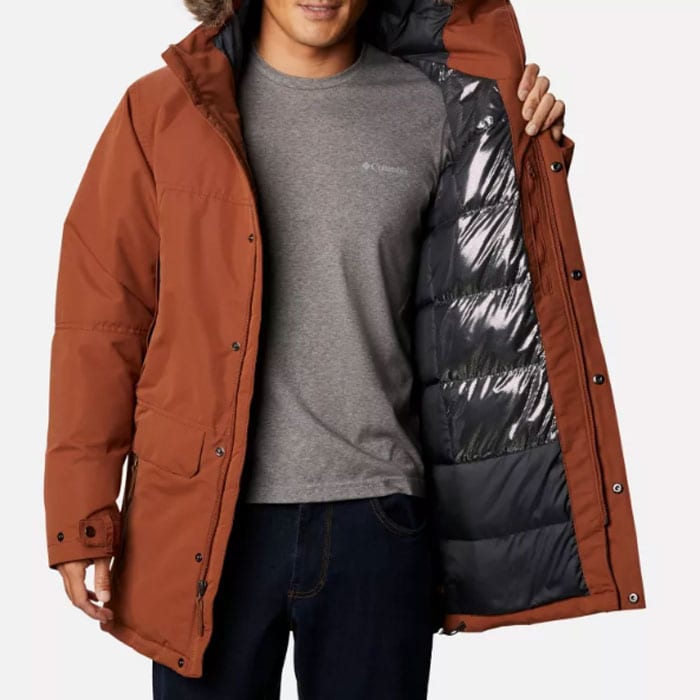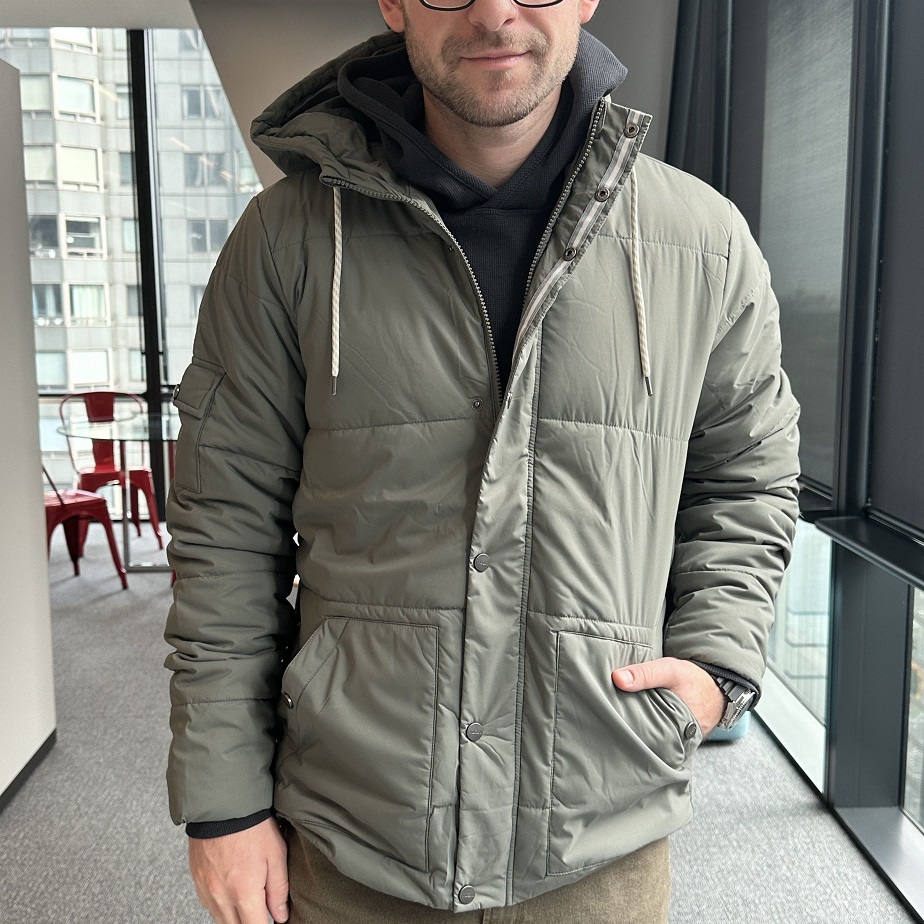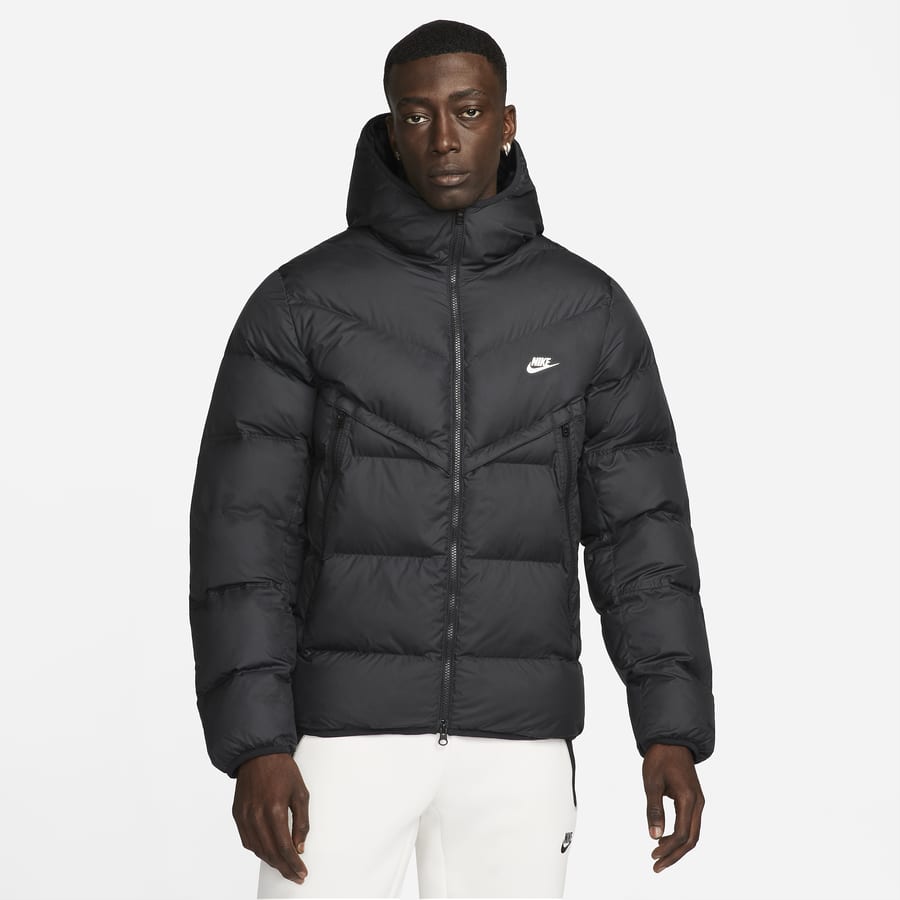Introduction
Winter can be harsh. Cold winds, snow, and freezing temperatures can take a toll on anyone. The right winter coat can make all the difference. When choosing a coat, warmth should be a top priority. But style, comfort, and functionality also matter. In this guide, we will explore various types of warmest winter coats, materials, features to look for, and how to choose the best one for your needs.
Types of Winter Coats
Down Jackets
One popular option is the down jacket. It uses natural insulation from duck or goose feathers. Down jackets are lightweight yet incredibly warm. The loftiness of the feathers traps air and provides excellent insulation. Many brands now offer down jackets with water-resistant shells, adding another layer of protection in wet conditions.
When considering a down jacket, opt for one with a high fill power. Fill power measures the quality of the down insulation. Higher fill power means better warmth without added weight. Look for jackets with at least 600 fill power for a good balance of warmth and weight.
Down jackets come in various styles. Some are waist-length, while others extend to the thighs or knees. Longer jackets can provide extra coverage against the cold. Many brands also offer packs that compress easily for travel, making them a practical choice. However, ensure the jacket fits well, as a too-tight jacket can restrict movement.
Synthetic Insulation Jackets
Another option is synthetic insulation jackets. These jackets use man-made materials like polyester to mimic the insulating properties of down. Synthetic options often perform better in wet conditions. They retain warmth even when damp, making them a popular choice for varying climates.
Synthetic insulation jackets come in many styles and weights. Some are lightweight and perfect for layering, while others are thicker and designed for extreme cold. If you’re active in winter weather, a synthetic jacket may be your best bet.
One advantage of synthetic jackets is that they are generally machine washable. This makes maintenance easier. However, synthetic insulation tends to be bulkier than down, making it heavier. Consider what you prioritize more: weight or performance.
Key Features to Look For
Water Resistance
Winter weather often includes rain or snow. Therefore, a water-resistant coat is crucial. Coats labeled as water-resistant repel water to some extent. Meanwhile, waterproof jackets provide more protection against heavy rain. Look for a waterproof rating of at least 5,000 mm for good performance in wet weather.
Waterproof & breathable fabrics are another feature to consider. Fabrics like Gore-Tex or similar materials allow moisture from your body to escape while keeping water out. This feature helps ensure comfort throughout your day.
Windproof Technologies
Windproof capabilities are another essential feature. Wind can quickly chill the body, even in mild temperatures. Some jackets have special windproof fabrics that block chilly gusts. Additionally, look for features like elastic cuffs, adjustable hems, and high collars to minimize draft exposure.
Insulation Type
Understanding insulation types is essential. Down is lightweight and compressible but loses effectiveness when wet. Synthetic insulation works better in damp conditions. Assess your typical winter environment to choose wisely. You may face rain or snow often or experience dry cold days.
Choose jackets with versatile insulation types for different climates. Some brands offer jackets combining down and synthetic to optimize warmth and weather resistance. This blend can be an excellent solution for unpredictable winter months.
Comfort and Fit
Don’t underestimate the importance of comfort and fit. A coat that doesn’t fit right can ruin your experience. Aim for a jacket that allows for layering beneath it. Comfort is key for mobility, enabling activities like walking or skiing.
Select the right size according to the manufacturer’s sizing chart. Many brands provide a guide on how to measure yourself for the proper fit. Try on several options, as sizing can vary significantly. Remember, a snug fit keeps warmth in, but too tight won’t allow for layering.
Recommended Brands and Models
The North Face
The North Face offers exceptional winter coats. Their “McMurdo” down parka is a popular choice. It provides excellent insulation and water resistance. This parka features a removable hood with faux-fur trim, enhancing style without compromising functionality. It’s perfect for city use or outdoor adventures.
Another notable model is the “Thermoball” jacket. This jacket uses synthetic insulation, mimicking down, providing warmth even in wet conditions. Its packable design goes well for travel, making it versatile for various activities.
Patagonia
Patagonia is a favorite among eco-conscious consumers. Their “Frozen Range” parka features a waterproof and breathable outer shell. It’s insulated with 700-fill power down, offering great warmth. Patagonia stands out for their commitment to sustainability, using responsible down sourcing.
Their “Nano Puff” jacket is another excellent option. This synthetic insulation jacket provides great warmth without excessive bulk. Its lightweight nature makes it easy to pack and carry, ideal for those on the go. This versatility is ideal for outdoor activities during winter.
Columbia
Columbia creates functional winter jackets that don’t break the bank. Check out the “Whirlibird IV interchange jacket.” It’s a three-in-one jacket that includes a waterproof shell and an insulated liner. This flexibility caters to various weather conditions, making it a great option for someone who wants options.
Columbia also offers jackets like the “Bugaboo II.” This jacket ensures warmth through advanced insulation with Omni-Heat technology. It mirrors your body heat to provide extra warmth while remaining breathable.
Style Considerations
Casual Styles
When buying the warmest winter coats, style matters. Casual styles work well for everyday wear. Look for classic colors like navy, black, or gray. These colors easily match various outfits.
Consider the cut of the coat. Longer coats provide more coverage but may feel bulkier. Tailored cuts often look cleaner but may limit movement. Try on different options to find the balance between comfort and style.
An additional consideration is pockets. Coats with multiple pockets add functionality. Choose coats equipped with inner pockets for securing valuables. Handwarmer pockets are great on particularly chilly days.
Formal Styles
For professionals, a formal winter coat may be necessary. Peacoats and overcoats are stylish yet warm. They can complement business attire, offering sophistication during winter.
Overcoats are generally longer and made from heavier wool fabrics. They offer a polished look while providing ample warmth. Peacoats have a classic double-breasted design. Both styles can be layered over suits or dress shirts effortlessly.
Accessorizing with a scarf and gloves can enhance both warmth and style. Choose materials like wool or cashmere for both comfort and looks. Don’t shy away from patterns or colors that express your individuality.
Care and Maintenance
Cleaning Your Coat
Once you invest in a quality warmest winter coats, maintenance is crucial. Many warmest winter coats can be machine washed, but always check the care label first. Gentle detergents help preserve fabrics, particularly with down insulation.
For down jackets, consider using special down detergent to maintain loftiness. Follow the care instructions precisely to avoid damaging the insulation. Drying down jackets can be tricky, so use low heat and throw in several dryer balls to fluff the down while drying.
Storage
Once winter is over, storing your coat properly extends its life. Clean the coat before storing it, ensuring no stains or dirt will set in. Avoid compressing the coat in a tight space. Instead, opt for a hanging solution that allows the coat to retain its shape.
Store it in a cool, dry place away from direct sunlight. Prolonged exposure to heat and light can fade colors and degrade materials over time. Mold and mildew can develop in damp conditions, so ensure the storage area is also free from moisture.
Inspecting for Damage
Regularly inspect your coat for any signs of damage. Check seams, zippers, and buttons to ensure everything is intact. Addressing minor issues early can prevent more significant repairs later. If you find any damage, repair it quickly, even if it means taking it to a professional.
Repairing Minor Issues
Learning to repair minor issues can save money and extend the life of your coat. Small tear or seam repairs are more manageable than you might think. Many brands offer repair kits specific to their coat materials.
Simple sewing techniques can mend modest imperfections. There are various online tutorials to guide you through easy repairs. Learning basic coat maintenance can pay off in the long run and ensure your coat stays in top shape.
Conclusion
Choosing the warmest winter coats for men involves several considerations. You need to look at types of insulation, features like water resistance, and fit. Brands like The North Face, Patagonia, and Columbia offer quality options. Consider not only practicality but also style to ensure your coat complements your everyday life.
Regular care and maintenance will enhance your coat’s lifespan. Remember to clean, properly store, and inspect your coat regularly. In doing so, you’ll be prepared for the cold winter ahead. Investing in a solid winter coat now will pay dividends in comfort and style as the temperatures drop.
Ultimately, the perfect winter coat will keep you warm, comfortable, and looking great. Take your time to find the right fit, consider your typical winter conditions, and don’t hesitate to invest in quality. Enjoy the winter, stay warm, and embrace every cold day with confidence!



